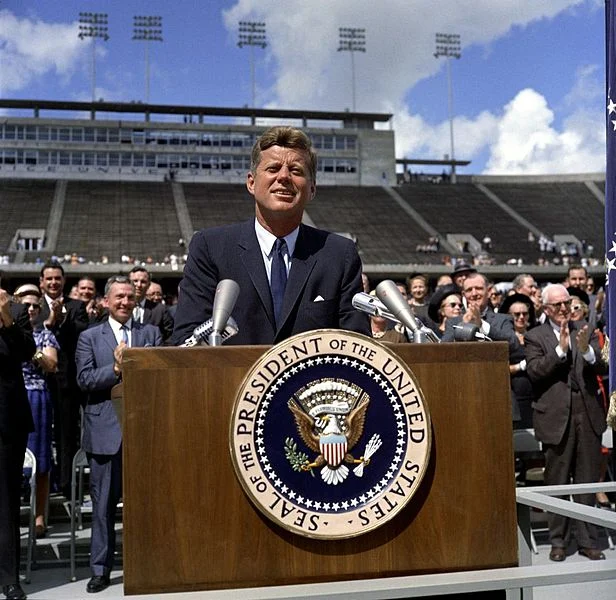John F. Kennedy, the 35th President of the United States, once famously declared that “no nation which expects to be the leader of other nations can expect to stay behind in this race for space.”
But that was 1962. It was a different time, fraught with both eminent peril and boundless optimism.

Fast forward to July 8th, 2011. The cash-strapped NASA is hanging up its booster rockets and bidding adieu to manned space flight after launching the stalwart space shuttle Atlantis on her final mission – during which the four-person crew will help restock the International Space Station.
After the Atlantis mission is completed and the astronauts return to Earth, the U.S. will have to pay Russia $51 million per seat for future rides to the space station.
Still, NASA chief Charles Bolden believes private spaceflight firms will soon be capable of building shuttles to transport humans to low-earth orbit in a relatively cheap and efficient manner.
“We’re really pushing for a robust commercial space industry to relieve us of the responsibility for paying for access to low-Earth orbit,” Bolden explained during a recent briefing quoted by Space.com.
“That’s going to give us the opportunity to focus on exploration.”
Bolden also noted the space agency was working on a plan to fly astronauts to an asteroid by 2025 and Mars by the mid-2030s.
To do so, NASA hopes to employ a Multi-Purpose Crew Vehicle (MPCV), which is based on the Orion capsule. However, an architecture for the heavy-lift rocket system has yet to be decided upon.
“The decision on a heavy-lift launch vehicle is going to be a very critical and very expensive decision for the nation that’s got to carry us into this next era,” Bolden acknowledged.
“We’re close to making a decision on the configuration, but not quite there.”






